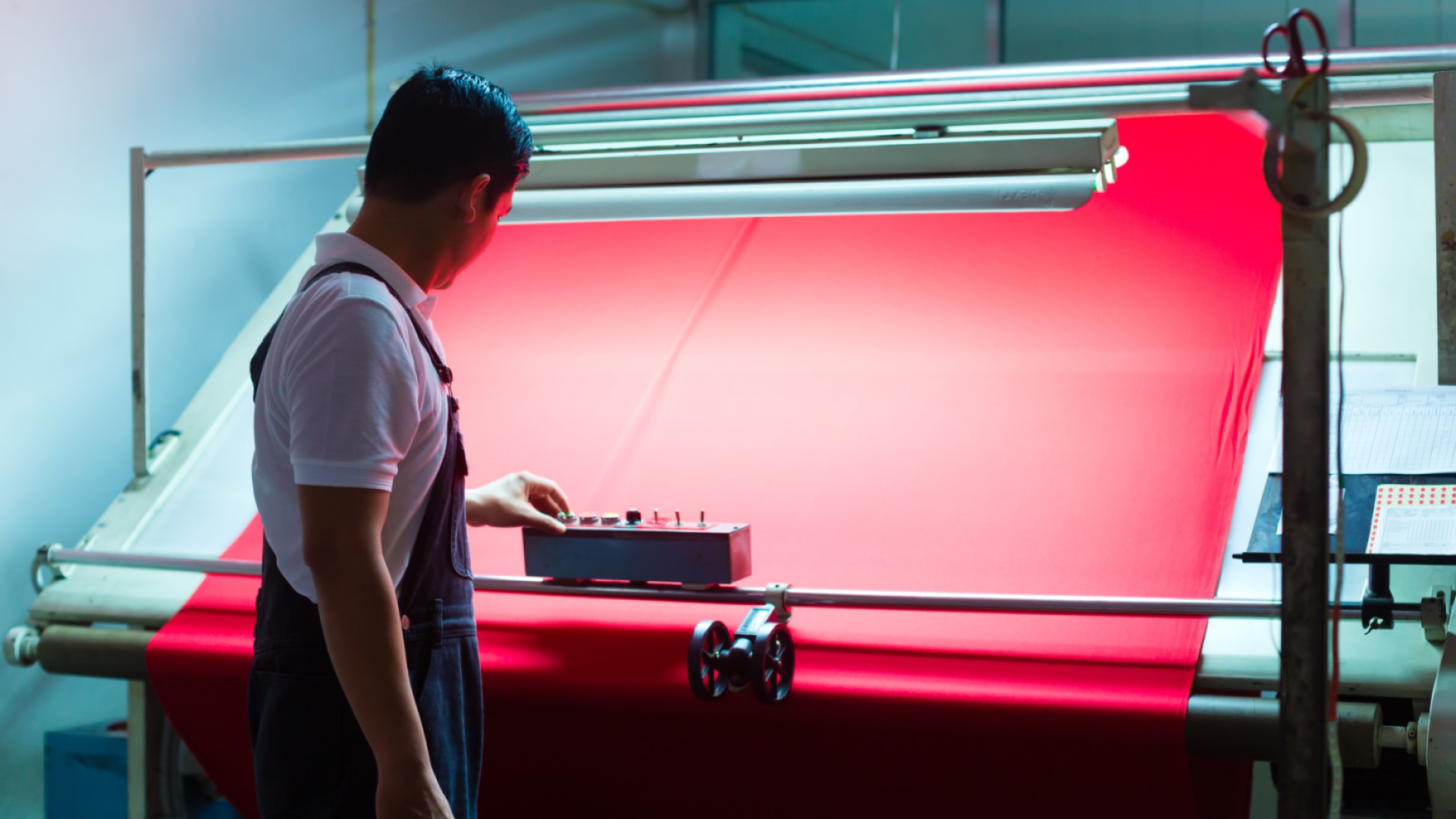SelectUSA Textiles Industry
Industry Overview
The U.S. textile and apparel industry is one of the most significant sectors of the manufacturing industry. According to the National Council of Textile Organizations, the U.S. textile industry employed over 500,000 people and had shipments totaling $64.8 billion in 2023. The U.S. is the second largest exporter of textile-related products in the world, with over $29 billion in exports in 2021. In recent years, companies have focused on reorienting their businesses, finding more effective work processes, investing in niche products and markets, controlling costs through advanced technologies, and reshoring/nearshoring production.
To find U.S. companies across the textile and apparel industry supply chain, visit the Made in USA Database.
According to the National Council of Textile Organizations, shipments in the textile mills industry totaled $25.3 billion in 2023. The most recent employment figures for the textile mill industry indicate there were 89,300 employees by mid-2024. As of 2022, there were 1,786 establishments in the textile mill industry. In 2023, foreign direct investment in the textile mills industry reached over $1.2 billion and majority foreign-owned firms employed nearly 10,000 employees in 2022.
Industry Spotlight
Yarn (Staple and Filament): Yarn manufacturing is an essential step that enables fibers to be made into fabric by weaving, knitting, or other fabric-forming methods. Due to competitive energy costs, a productive workforce, and the United States’ location in the Western Hemisphere, the yarn subsector is strong and globally competitive
Nonwovens: The end-use markets for nonwovens are classified as either disposable or durables. Disposables are made up of product categories such as absorbent hygiene, wipes, filtration, medical and surgical and protective apparel, while durables are comprised of geosynthetics, home and office furnishings, transportation, and building construction. Nonwovens are being used to make products lighter, more efficient, and cost effective. More and more of these lighter and longer-lasting nonwovens are being introduced into a wide variety of fields.
Specialty and Industrial Fabrics: Specialty and industrial fabrics serve an array of markets, from awnings to automotive airbags. As the U.S. specialty fabric business has continued to grow, some areas are seeing rapid advancement. Automotive textiles represent the most valuable market for industrial textiles in the world. These materials cover a broad range of applications including upholstery and seating, floor covering and trunk liners, as well as safety belts, airbags, thermal and sound insulators, filters, hoses, tires and a variety of textile-reinforced flexible and hard composites.
According to the National Council of Textile Organizations, shipments in the textile product mills industry totaled $23.9 billion in 2023. The latest total employment data for the textile product mills industry indicates that the industry has around 95,000 employees in mid-2024. As of 2022, there were 5,206 establishments in the textile product mills industry in the United States. In 2022, there were 5,200 workers employed in foreign-owned businesses in the textile product mills industry.
Industry Spotlight
Medical Textiles: Medical textiles are one of the most important, continuously expanding and growing fields in technical textiles. The medical textile industry has been improving existing products and creating new ones with new materials and innovative designs. Some of these new products are being designed for less invasive surgical procedures, infection control, and accelerated healing.
According to the National Council of Textile Organizations, shipments in the apparel industry totaled $10 billion in 2023. According to the latest employment figures, there were around 84,000 employees in the apparel manufacturing industry in mid-2024. As of 2022, there were 4,733 establishments and foreign-owned businesses employed 5,300 workers in the apparel manufacturing industry.
Industry Spotlight
Protective Apparel: The United States has a large and growing presence in this subsector as the demand for protective apparel is expected to grow thanks to safety standards in the manufacturing, chemical, oil and gas, and construction sectors.
Fashion Apparel: The industry is represented by manufacturers, contractors, brands, retailers, importers, and wholesalers. The fashion apparel industry keeps pace with global market changes by continually adapting to customer trends and new technology.
Explore the impact of foreign direct investment on U.S. jobs, exports, and innovation in the textiles industry.
The Investor Guide is a high-level view of everything from taxes to immigration and workforce to business structures.
SelectUSA has created several dashboards to help analyze key FDI data from a variety of sources.





